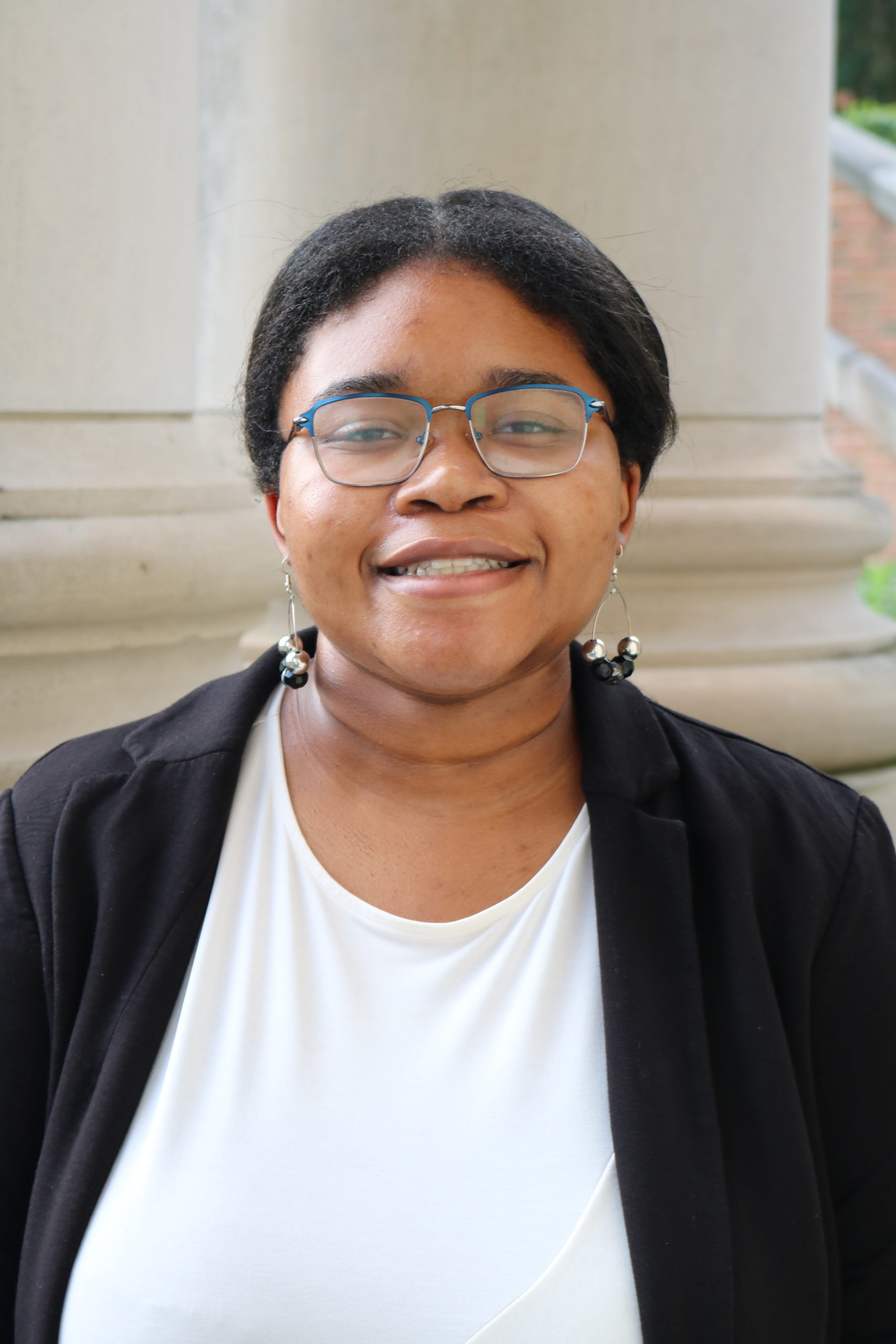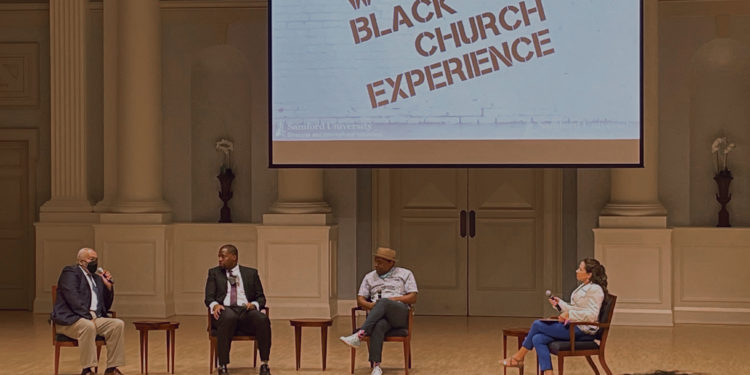The Worship in the Black Church Experience held Sept. 28 sought to introduce and celebrate the merging of African faith traditions with the Christian gospel.
The Samford Center for Worship and the Arts, in partnership with the Calvin Institute for Christian Worship and the Office of Diversity and Intercultural Initiatives, organized the Worship Exchange event.
Program Manager for the Center for the Worship and the Arts Tracy Hanrahan shared her reasoning behind the motivation to create this event.
“A Black pastor friend shared with me several years ago that when he was studying in a predominantly white seminary, his worship style was never once represented,” Hanrahan said “That hurt my heart, not only because of the sadness in my friend’s voice but also because I realized we had been guilty of the same sin of omission in our own work in the CWA. As a result, we’ve tried to be intentional by making sure Black gospel worship styles are represented during our summer worship arts program, Animate, for example. The Worship in the Black Church Experience worship exchange is even a step higher, as we’re focusing on celebrating and learning from the extensive and rich 400-plus year history of the Black church in America.”
A lunchtime Q&A session took place from 11:30 a.m.-1 p.m.
At the lunchtime Q&A session, Director of the Center for Worship and the Arts Emily Snider Andrews interviewed the Associate Professor of Church Music and Worship for Emory University, James Abbington.
During the interview, Abbington discussed the diversity of Black church denominations and how “there’s no monolithic black church,” meaning that every Black church denomination is different from each other.
According to the PBS article, “The Black Church,” there are seven denominations today, which are the National Baptist Convention, the National Baptist Convention of America, the Progressive National Convention, the African Methodist Episcopal Church, the African Methodist Episcopal Zion Church, the Christian Methodist Episcopal Church and the Church of God in Christ.
Abbington also discussed how some churches today haven’t been taught how to worship, rather, they only entertain their congregants.
Senior journalism and mass communication major Camille Womack agreed.
“Even today when I observe other churches’ worship it’s more of a concert than being able to connect with God and praise His name,” Womack said.
Later that night, attendees watched a documentary screening of “11 am: Hope for America’s Most Segregated Hour.” The title of the film comes from a quote by Martin Luther King Jr.
“I think it is one of the tragedies of our nation, one of the shameful tragedies, that 11 o’clock on Sunday morning is one of the most segregated hours, if not the most segregated hours in Christian America,” King Jr. said in an interview with Meet the Press on April 17, 1960.
The film takes place in Richmond, Virginia, and is about a diverse group of worship leaders who are working to change the concept of church segregation through gospel music.
After the film, the Director of Diversity Enrichment and Relations of the Office of Diversity and Intercultural Initiatives Cameron Thomas, Associate Professor Abbington, and Founding Director of Arrabon David M. Bailey had a panel discussion about the film.
When asked what she hoped attendants would get out of the Worship in the Black Church Experience event, Hanrahan said she viewed it as an opportunity for gr, “Our department’s ultimate hope is that all who attend will be encouraged to love God and love others more faithfully.”
For more information on the Center for the Worship and the Arts’ upcoming Worship Exchange events, visit their website.

Staff Writer






